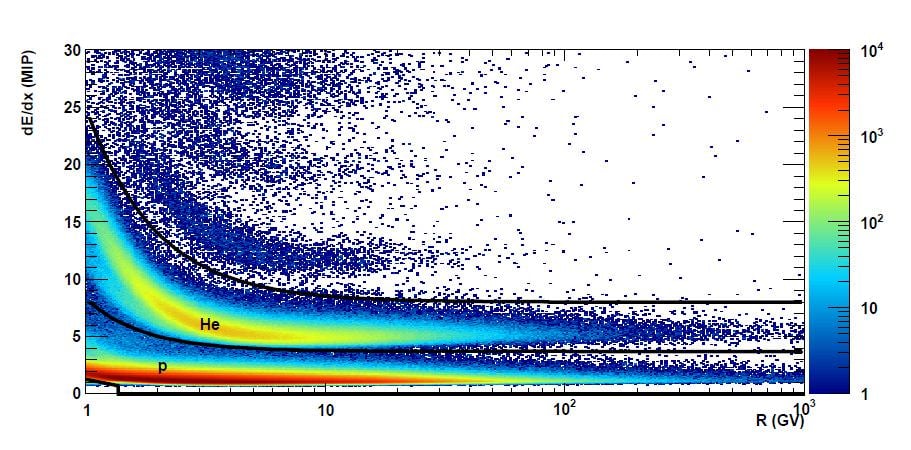[/caption]
High energy particles called cosmic rays are constantly bombarding Earth from all directions, and have been thought to come from the blast waves of supernova remnants. But new observations from the PAMELA cosmic ray detector show an unexpected difference in the speeds of protons and helium nuclei, the most abundant components of cosmic rays. The difference is extremely small, but if they were accelerated from the same event, the speeds should be the same.
[caption id="attachment_83702" align="aligncenter" width="431" caption="The PAMELA instrument. Image courtesy of Piergiorgio Picozza"]
[/caption]
PAMELA, the Payload for Anti-Matter Exploration and light-Nuclei Astrophysics, is on board the Earth-orbiting Russian Resurs-DK1 satellite. It uses a permanent magnet spectrometer along with a variety of specialized detectors to measure the abundance and energy spectra of cosmic rays electrons, positrons, antiprotons and light nuclei over a very large range of energy from 50 MeV to hundreds of GeV.
Just as astronomers use light to view the Universe, scientists use galactic cosmic rays to learn more about the composition and structure of our galaxy, as well as to find out how things like how nuclei can accelerate to nearly the speed of light.
Oscar Adriani and his colleagues using the PAMELA instrument say their new findings are a challenge to our current understanding of how cosmic rays are accelerated and propagated. "We find that the spectral shapes of these two species are different and cannot be well described by a single power law," the team writes in their paper. "These data challenge the current paradigm of cosmic-ray acceleration in supernova remnants followed by diffusive propagation in the Galaxy."
Instead, the team concludes, the acceleration and propagation of cosmic rays may be controlled by now unknown and more complex processes.
Supernova remnants are expanding clouds of gas and magnetic fields and can last for thousands of years. Within this cloud, particles are accelerated by bouncing back and forth in the magnetic field of the remnant, and some of the particles gain energy, and eventually they build up enough speed that the remnant can no longer contain them, and they escape into the Galaxy as cosmic rays.
One key question that scientists hope to answer with PAMELA data is whether the cosmic rays are continuously accelerated over their entire lifetime, whether the acceleration occurs just once, or if there is any deceleration.
Scientists say that determining the fluxes in the proton and helium nuclei will give information about the early Universe as well as the origin and evolution of material in our galaxy.
Adriani and his team hope to uncover more information with PAMELA to help better understand the origins of cosmic rays. They say possible contributions could be from additional galactic sources, such as pulsars or dark matter.
Abstract: PAMELA Measurements of Cosmic-Ray Proton and Helium Spectra
Source:
Science
 Universe Today
Universe Today
